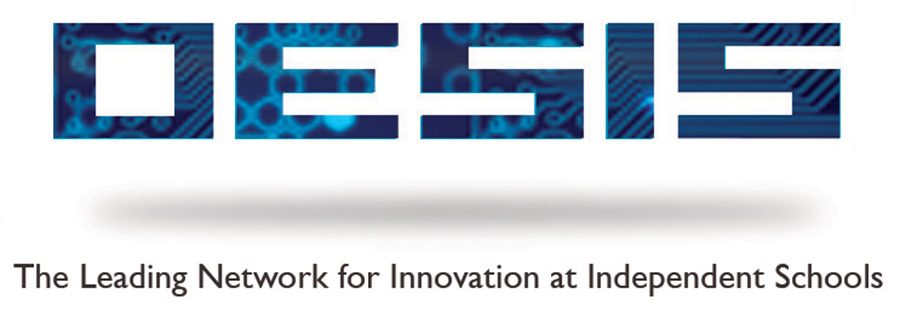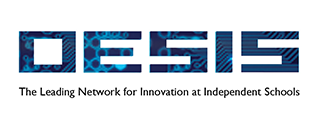
~ 15 minutes
What does intrinsic motivation look like in the classroom? Let’s look at some principles and some examples. These include a sense of autonomy for students (choice), the ability to build their competence (mastery) over time, and the need for a clearly articulated goal or outcome (purpose). Now, let’s look at some resources that explain ways you can incorporate these ideas into your classes.
WATCH this video about the importance of Hot Cognition to motivating students.
![]() Hot Cognition – SEL for Brain Engagement | Six Seconds (4.53 minutes)
Hot Cognition – SEL for Brain Engagement | Six Seconds (4.53 minutes)
What does the brain need to grow, change and achieve? How does hot cognition ignite the learning process for children and adults? Disengaged learners cannot and will not achieve mastery in their content. Hot cognition is a learning framework that skyrockets engagement and retention. In the video, one of Anabel and Cherilyn’s suggestions is to Ask a wider variety of questions.
To increase “hot cognition” use approximately 25% of your questioning time on factual questions and increase the amount spent on critical, creative, and ethical thinking questions. While most educators assume they can create questions on the spot, the reality is powerful questions take significant cognitive effort to generate. Just as an actor rehearses a script to bring life to a performance, so must a teacher prepare the questions in advance to bring life to a lesson. Moreover, don’t keep your question formation process a secret. Students benefit from learning question taxonomies and from practice generating their own literal and higher-order thinking questions.
Choose TWO of the following resources to prepare you for the Try This.
![]() Four Inquiry Qualities At The Heart of Student-Centered Teaching | KQED’s MindShift (10 minutes)
Four Inquiry Qualities At The Heart of Student-Centered Teaching | KQED’s MindShift (10 minutes)
Inquiry-based learning is the foundation for all of these student-centered strategies — students are asking their own questions, discovering answers and using their teachers as resources and guides. Schools and classrooms where deep inquiry is clearly at work invariably possess four specific characteristics no matter the specific type of inquiry utilized.
 How to Develop a Greater Sense of Motivation in Students | Grace Tatter, Usable Knowledge (5 minutes)
How to Develop a Greater Sense of Motivation in Students | Grace Tatter, Usable Knowledge (5 minutes)
“Teachers can know their content backward and forward. They might have put hours into their lesson plans. But if their students aren’t motivated, learning won’t happen.“
 Help Students Build Intrinsic Motivation | Cathleen Beachboard (3 minutes)
Help Students Build Intrinsic Motivation | Cathleen Beachboard (3 minutes)
“By fostering students’ sense of mastery, autonomy, and purpose, teachers can boost their desire and dedication to learn.“
 Nurturing Intrinsic Motivation in Students | Maurice Elias, Edutopia (5 minutes)
Nurturing Intrinsic Motivation in Students | Maurice Elias, Edutopia (5 minutes)
“Enabling students to experience accomplishments and improvement builds their feeling of competence—a powerful intrinsic motivator.“
 A Powerful Strategy for Fostering Student Motivation in Virtual or Hybrid Classrooms | Jenny Gieras, Edutopia (5 minutes)
A Powerful Strategy for Fostering Student Motivation in Virtual or Hybrid Classrooms | Jenny Gieras, Edutopia (5 minutes)
“A look at how to adapt a well-established technique for boosting student motivation in distance learning or hybrid classrooms.“
 Make sure your questions are “juicy” | Annie Murphy Paul as a way to engage deeper learning.
Make sure your questions are “juicy” | Annie Murphy Paul as a way to engage deeper learning.
For some videos about this topic, check out this resource:
 Five-Minute Film Festival: Learning and the Brain | Edutopia
Five-Minute Film Festival: Learning and the Brain | Edutopia
As new findings in neuroscience imply applications in the classroom and beyond, it’s important for educators to have a basic understanding of how our brains work. VideoAmy has gathered a collection of videos about the brain to get you thinking.

